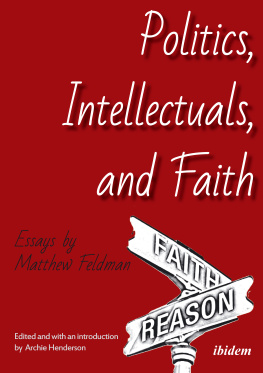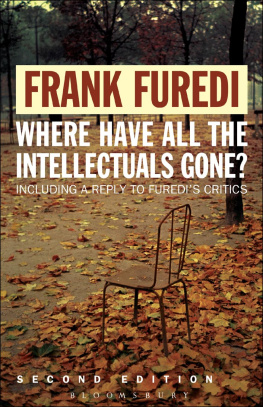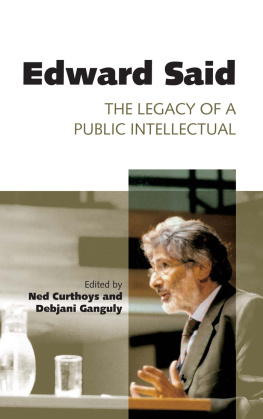
HOPE & SCORN
HOPE & SCORN
EGGHEADS, EXPERTS, AND ELITES IN AMERICAN POLITICS
Michael J. Brown
THE UNIVERSITY OF CHICAGO PRESS
Chicago & London
The University of Chicago Press, Chicago 60637
The University of Chicago Press, Ltd., London
2020 by The University of Chicago
All rights reserved. No part of this book may be used or reproduced in any manner whatsoever without written permission, except in the case of brief quotations in critical articles and reviews. For more information, contact the University of Chicago Press, 1427 E. 60th St., Chicago, IL 60637.
Published 2020
Printed in the United States of America
29 28 27 26 25 24 23 22 21 20 1 2 3 4 5
ISBN -13 : 978-0-226-71814-9 (cloth)
ISBN -13 : 978-0-226-72770-7 (e-book)
DOI: https://doi.org/10.7208/chicago/9780226727707.001.0001
Quotations from the Schlesinger Papers at the New York Public Library and the JFK Presidential Library and excerpts from The Letters of Arthur Schlesinger, Jr., by Arthur Schlesinger, Jr., copyright 1953, 1960, 1961, 1966, 1968, 1970, 2013 by Arthur Schlesinger, Jr. Used by permission of The Wylie Agency LLC.
Library of Congress Cataloging-in-Publication Data
Names: Brown, Michael J. (Michael James), author.
Title: Hope & scorn : eggheads, experts, and elites in American politics / Michael J. Brown.
Other titles: Hope and scorn
Description: Chicago : The University of Chicago Press, 2020. | Includes bibliographical references and index.
Identifiers: LCCN 2020004026 | ISBN 9780226718149 (cloth) | ISBN 9780226727707 (ebook)
Subjects: LCSH: IntellectualsPolitical aspectsUnited States. | United StatesPolitics and government20th century. | United StatesPolitics and government21st century.
Classification: LCC E169.12 .B743 2020 | DDC 320.973/0905dc23
LC record available at https://lccn.loc.gov/2020004026
 This paper meets the requirements of ANSI/NISO Z39.48-1992 (Permanence of Paper).
This paper meets the requirements of ANSI/NISO Z39.48-1992 (Permanence of Paper).
CONTENTS
Years ago I was teaching high school civics. Gathering material on the role of television advertising in presidential campaigns, I watched a clip from the first contest in which such ads were prominent: Illinois governor Adlai Stevenson against General Dwight Eisenhower, 1952. A Stevenson ad, I Love the Gov, opens with an unidentified woman singing: Id rather have a man with a hole in his shoe than a hole in everything he says. These curious lyrics led me to a famous photo of Stevenson taken at a Labor Day campaign stop in Michigan. As Stevenson crossed his legs, a photographer at the foot of the stage snapped a candid shot of what the New York Timescalled an old-fashioned schoolboy hole right through to the sock.
Shortly after stumbling over Stevensons shoe, I traveled to a speech and debate tournament where I heard the original oratory finalists. One student gave her speech about Richard Hofstadters half-century-old Anti-Intellectualism in American Life, finding it to be a powerful summons to intellectualism in an American culture that emphasizes matter over mind. Her remarks so impressed me that I bought Hofstadters volume for the Amtrak ride home. Within a few pages I encountered a figure suddenly familiar: Adlai Stevenson. Hofstadter, it seemed, was preoccupied with the man.
Hofstadter saw the 1952 election as a battle between intellect and anti-intellectualism. Stevensonians like him regarded their candidate as one of the finest minds in American politics. Eisenhower, by contrast, was a figure of little intellectual substance but great likability. Eisenhowers decisive victory was taken both by the intellectuals themselves and by their critics, Hofstadter concluded, as a measure of their repudiation by America.
With Hofstadter in mind, I returned to Stevensons shoe. It could evoke Depression days when newspapers plugged holes in soles, reminding voters that Stevensons Democrats stood for the New Deal. A message that Stevensons campaign mobilized, however, was the distinction between
Next page











